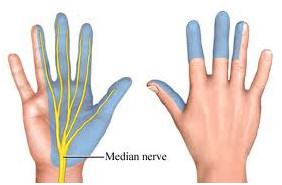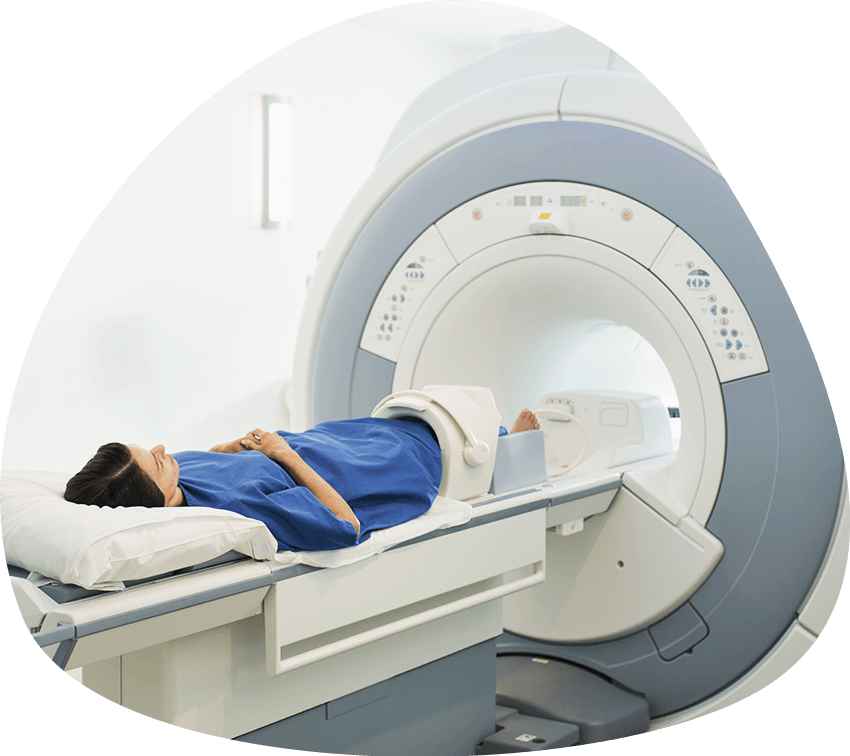Carpal Tunnel Syndrome or Cervical Radiculopathy? EMG Testing can provide the answer
Carpal Tunnel Syndrome or Cervical Radiculopathy? EMG Testing can provide the answer
Carpal Tunnel Syndrome is defined as the entrapment of the median nerve in the carpal canal at the wrist.

Carpal Tunnel Syndrome is defined as the entrapment of the median nerve in the carpal canal at the wrist. The condition which affects 1 in 20 people can cause numbness, tingling, burning sensation and pain affecting the fingers receiving sensory innervation by the median nerve.
At the same time, in the hand, the median nerve supplies motor innervation to the 1st and 2nd lumbrical muscles. It also supplies the muscles of the thenar eminence by a recurrent thenar branch. The rest of the intrinsic muscles of the hand are supplied by the ulnar nerve.
Aside from the sensory deficits, severe entrapment of the median nerve at the wrist will cause weakness in the grip with patients complaining of dropping objects while atrophy of the thenar eminence becomes obvious.

Despite the above symptoms, sensory, motor or both, the astute physician must be very careful in diagnosing the condition as carpal tunnel syndrome, simply because there are many other conditions that can present with similar symptoms. Remember that the median nerve derives from the C5, C6, C8 and T1 cervical roots, upper and lower trunks, extends to the lateral and medial cords as it continues in the arm, forearm and the hand.
The course of the median nerve from the neck to the hand creates opportunity for several areas of compromise. Some of these are: the Cervical Spine, the thoracic outlet area, the pronator teres muscle and the carpal tunnel.
A severe or chronic carpal tunnel syndrome may cause symptoms extending all the way up to the neck and a cervical radiculopathy may cause symptoms extending all the way down to the hand. A C6 radiculopathy may cause sensory changes in a distribution similar to that of the median nerve while a lower cervical radiculopathy C8-T1 may cause atrophy in the thenar muscles mimicking a CTS.
How can someone determine the exact location of the problem?
Physical examination including special tests can be a great starting point, yet confirmation of the suspected site can be accomplished with Electrophysiology studies. NCS/EMG test evaluates the integrity of each of the nerves and identifies the location of the compression or entrapment. At the same time, the test can quantify the dysfunction which can help the physician have a prognosis for the patient’s problem.
